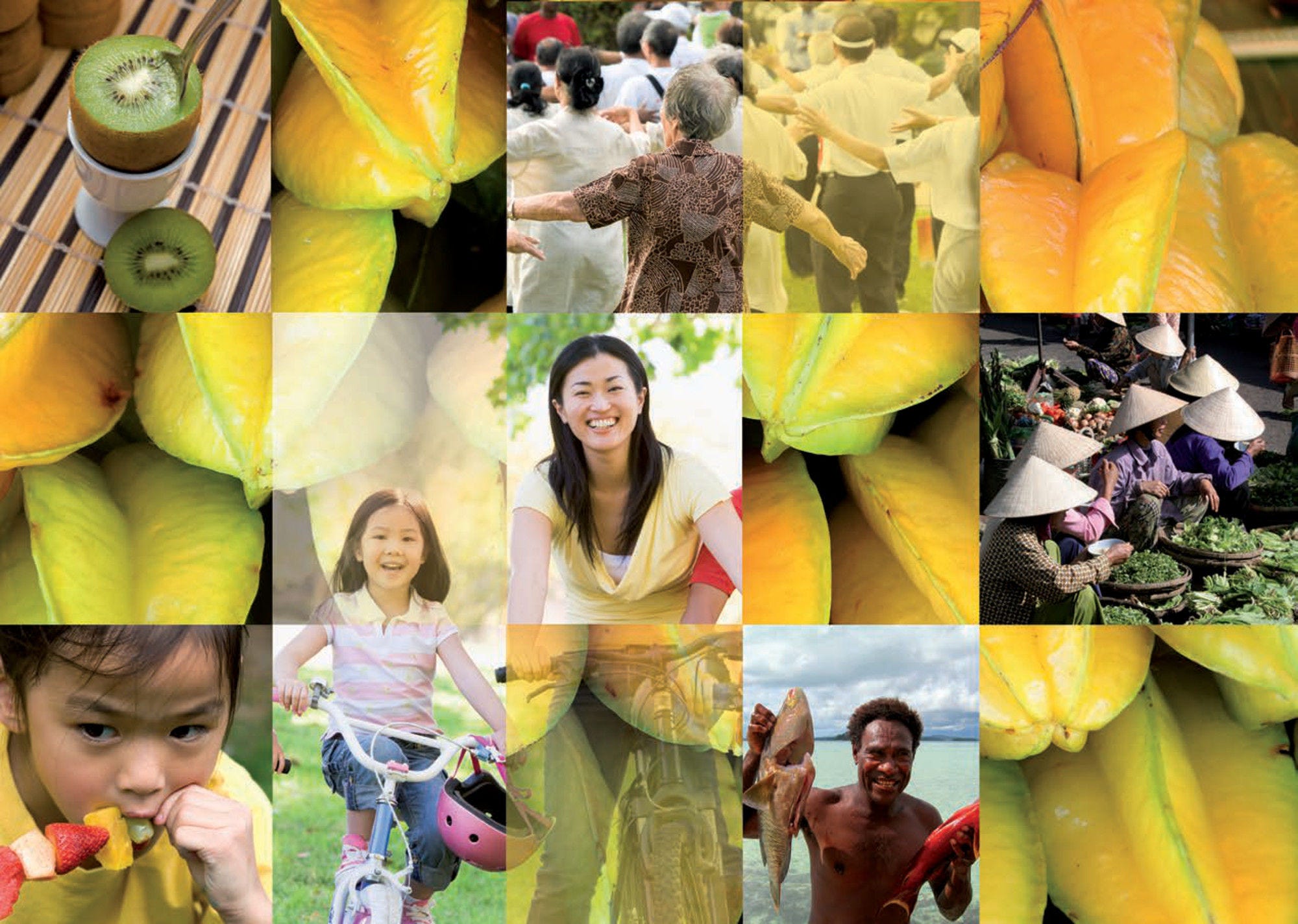Optimal feeding practices of infants can increase their chances of survival. They play an important role for healthy growth and development, decrease rates of stunting and obesity and stimulate intellectual development (UNICEF, 2019[10]).
Breastfeeding is an unequalled way of providing nutrition for infants. Breast milk gives infants the nutrients they need for healthy development, including the antibodies that help protect them from common childhood illnesses such as diarrhoea and pneumonia, the two primary causes of child mortality worldwide. Breastfeeding is also linked with better health outcomes later in life. Adults who were breastfed as babies often have lower blood pressure and lower cholesterol, as well as lower rates of overweight, obesity and type 2 diabetes. Breastfeeding also improves school attendance and is associated with higher income in adult life. More than 800 000 deaths among children under five could be saved every year globally, if all children 0‑23 months were optimally breastfed. Breastfeeding also benefits mothers through assisting in fertility control, reducing the risk of breast and ovarian cancer later in life and lowering rates of obesity (UNICEF, 2019[10])
The Global Strategy for Infant and Young Child Feeding and the Breastfeeding Advocacy Initiative, developed by UNICEF and WHO, outlines detailed recommendations on infant feeding including timing, initiation, and types of complementary food and its frequencies. UNICEF and WHO recommend exclusive breastfeeding for the first six months of life and the introduction of solid or semisolid foods to complement breastfeeding after six months. UNICEF and WHO also recommend continued breastfeeding up to two years and beyond.
In 2012, the World Health Assembly endorsed a Comprehensive implementation plan on maternal, infant and young child nutrition, which specified a set of six global nutrition targets and one of the targets aims to increase the rate of exclusive breastfeeding in the first six months up to at least 50% by 2025. Globally, this target has not been achieved as 42% of children under six months being exclusively breastfed in 2018. However, in the Asia-Pacific region, Bangladesh, Cambodia, India, Indonesia, Korea DPR, Mongolia, Myanmar, Nepal, Papua New Guinea, Solomon Islands and Sri Lanka have already achieved this target (Figure 4.6). Exclusive breastfeeding was more common in lower-middle and low income Asia-Pacific countries and territories than upper-middle income countries and territories.
However, several Asia-Pacific countries and territories are lagging behind as less than one in four infants was exclusively breastfed in China; Macau, China; Thailand; and Viet Nam (Figure 4.6). Key factors contributing to inadequate breastfeeding rates include unsupportive hospital and health care practices and policies; lack of adequate skilled support for breastfeeding, specifically in health facilities and the community; aggressive marketing of breast milk substitutes and inadequate maternity and paternity leave legislation and unsupportive workplace policies (UNICEF, 2019[10]). Several countries and territories which increased exclusive breastfeeding practice have implemented these policies. Starting 2004, the Cambodian government implemented a number of diverse activities; breastfeeding practices were established in hospitals, and community-based volunteers advocated the benefit of breastfeeding to expecting and new mothers. Consequently, exclusive breastfeeding rates for babies under six months rose from 7% in 2000 to 60% in 2005 (UNICEF, 2008[11]). In 2013, the Bangladesh Breastmilk Substitutes (BMS) Act was developed to ensure that mothers and families get accurate and unbiased information, free of commercial pressure, to feed infants and young children, and it also regulates the inappropriate marketing and distribution of BMS (Toolkits, 2019[12]). The rate of exclusive breastfeeding has increased from 55.3% in 2014 to 62.6% in 2019.
In Cambodia, Lao PDR, Mongolia, the Philippines and Viet Nam, the rate of exclusive breastfeeding was around twice as high among women living in households in the poorest income quintile as compared to women living in the richest households (Figure 4.8). Across countries and territories in Asia-Pacific, a higher level of education was not always associated with a higher rate of exclusive breastfeeding. While in Myanmar and Thailand women with the highest education level were much more likely to follow exclusive breastfeeding recommendations than those with the lowest education, the opposite trend was observed in countries and territories such as Cambodia, Pakistan and the Philippines. In Cambodia, women living in rural areas are almost twice likely to breastfeed as compared to women living in urban areas.
After the first six months of life, an infant needs additional nutritionally adequate and safe complementary foods, while continuing breastfeeding. Appropriate complementary foods were introduced to less than half of the children between 6‑8 months in India, whereas complementary foods were introduced to nine out of ten infants in Cambodia and Vietnam (Figure 4.7). Lao PDR reported a significant increase from 58.5% of children exclusively breastfed in 2011‑12 to 86.7% in 2017 (UNICEF, 2019[13]).
Considering persisting high levels of childhood malnutrition (see indicator “Child malnutrition (including undernutrition and overweight)” in Chapter 4), infant feeding practices must be further improved (UNICEF, 2019[10]).



